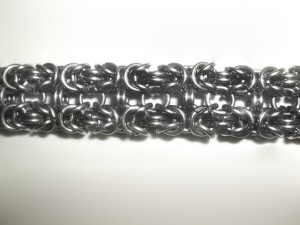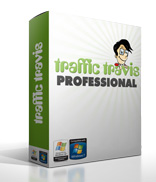Internal Linking
Well, first off, what is a link anyway?
A link is a way for your visitor to reach another place on your page, another page on your site or even another site entirely in order to access something of interest. The destination can be almost anything, an informative article, a photo, a video, a signup form, an offer, you get the idea.
Search engine bots follow links too in order to learn about your site. This is called “crawling”.

If you are not familiar with HyperText Markup Language (HTML), you might want to learn something about it and how links work by following this link to the W3 Schools here.
Correct internal linking means you are effectively backlinking your own site’s other posts/pages. A ‘backlink’ is simply a link ‘back’ to something on your site, as opposed to somewhere else.
Here are 5 things you should consider when doing your internal linking:
-
- You must create one post for each of your chosen keywords (the title keyword). Be sure to use the proper anchor text in each internal link.
- Each post must contain one backlink to your home page with the main target keyword as anchor text.
- Each post must contain one backlink to your home page with that post’s title keyword as anchor text.
- Each post must contain one backlink to itself with that post’s title keyword as anchor text.
- Links to other pages of posts should use the targeted (title) keyword of the other page or post as the anchor text.
It is important that the anchor text used to link to a page or post should be found in the title tag of the linked page or post.
- A sitemap is a great way to help Google bots easily navigate and index the pages in your site, so make sure you build it properly.
- We already discussed free WordPress Plugins that help you with this: Google XML Sitemaps and Yoast WordPress S EO. They are for the search engines.
- The Dagon Design Sitemap Generator is for the searchers.
- Make use of both.
- Design your link structure with your visitor in mind.
- Let them know where (inside your site) they can find more information that will complement what they are reading on that page.
- Make sure that it is easy for your visitor to navigate inside your site.
- This reduces your bounce rate.
- A silo structure (like an index) does this naturally and search engines love it too.
- Although sidebar links make your site easier to navigate, your internal links should be contextual links (the higher on the page the better).
- You must create one post for each of your chosen keywords (the title keyword). Be sure to use the proper anchor text in each internal link.
-
- All internal links going to your contact me, about me and privacy policy pages should be no follow. (rel=”nofollow”).
- at least that’s what Google used to say.
- Recently however, Google mouthpiece Matt Cutts has come out saying it doesn’t matter,
- further obfuscating the issue by adding that it is better NOT to use rel=nofollow on internal links.
- All internal links going to your contact me, about me and privacy policy pages should be no follow. (rel=”nofollow”).
You’re on your own with this one. I’m not trying to be flippant here. For every ‘guru’ telling you one thing, I can find another saying the opposite. It’s never a slam dunk to anticipate the capriciousness of the 600 pound Googarilla in the room. Welcome to the treacherous road of Internet Marketing. My best advice is to always do what’s best for the visitor.
Alrighty then. Let’s take a look at the ever hotly debated subject of On-Page S EO.






